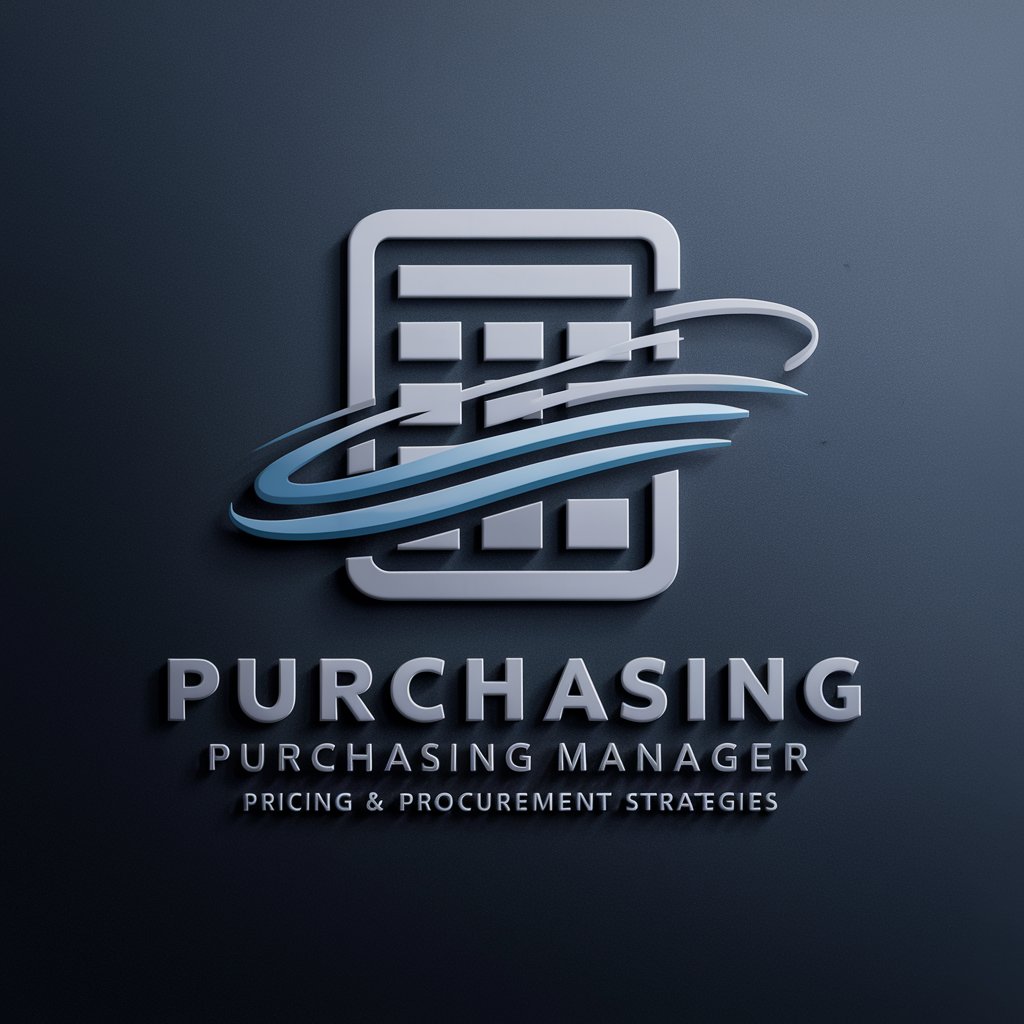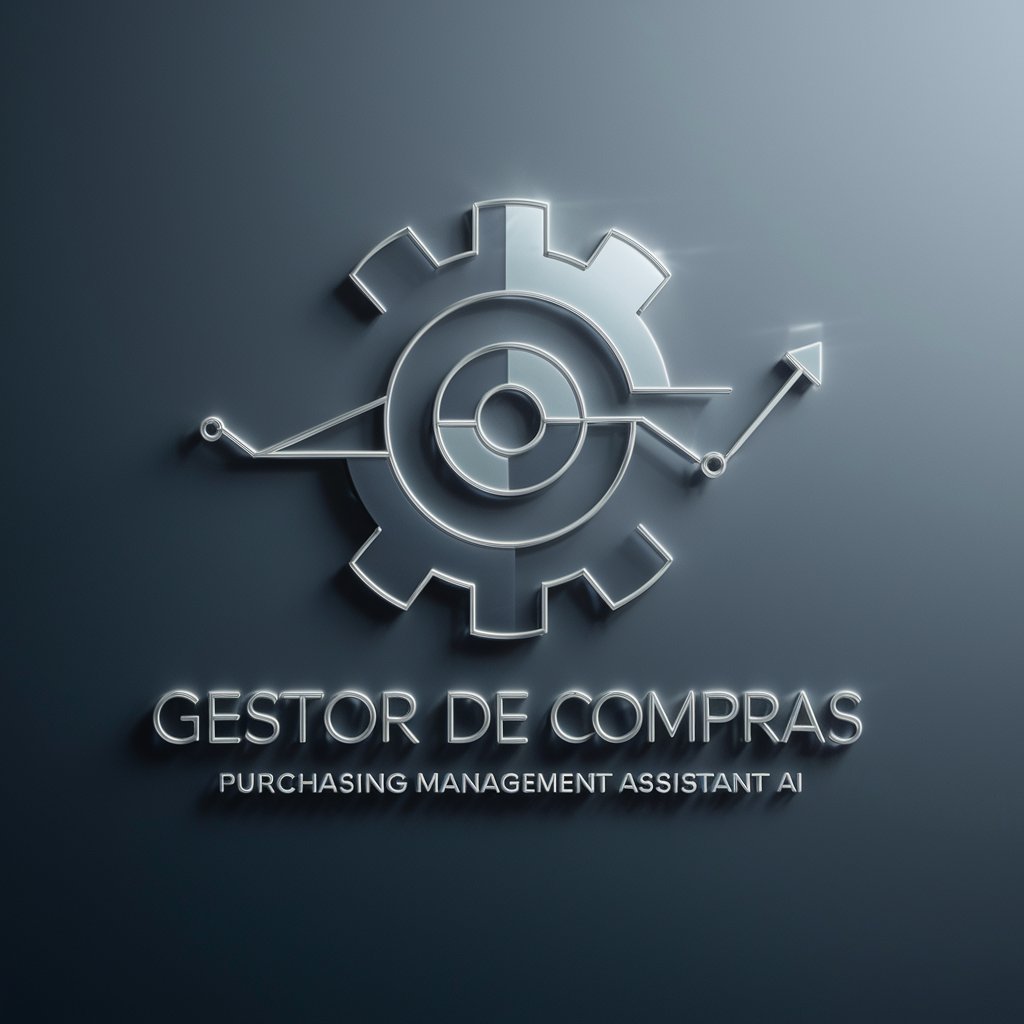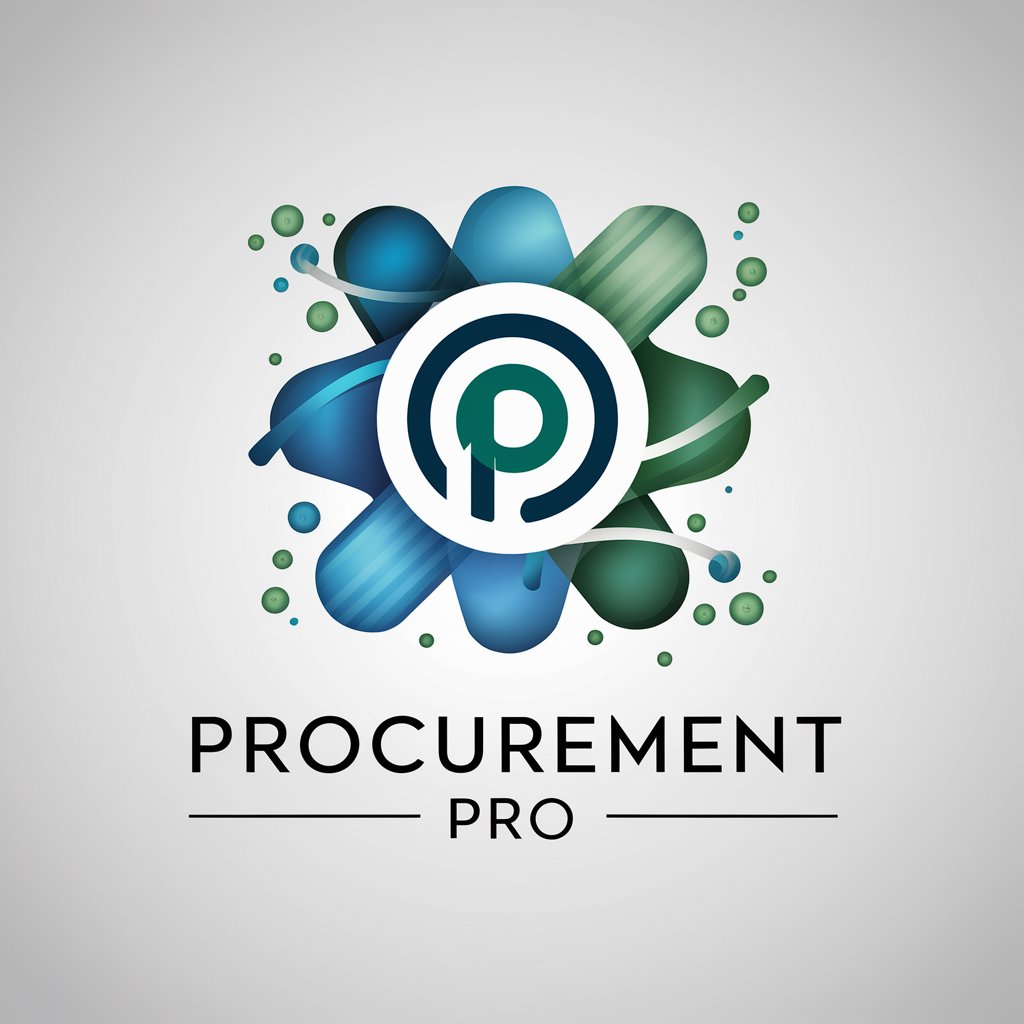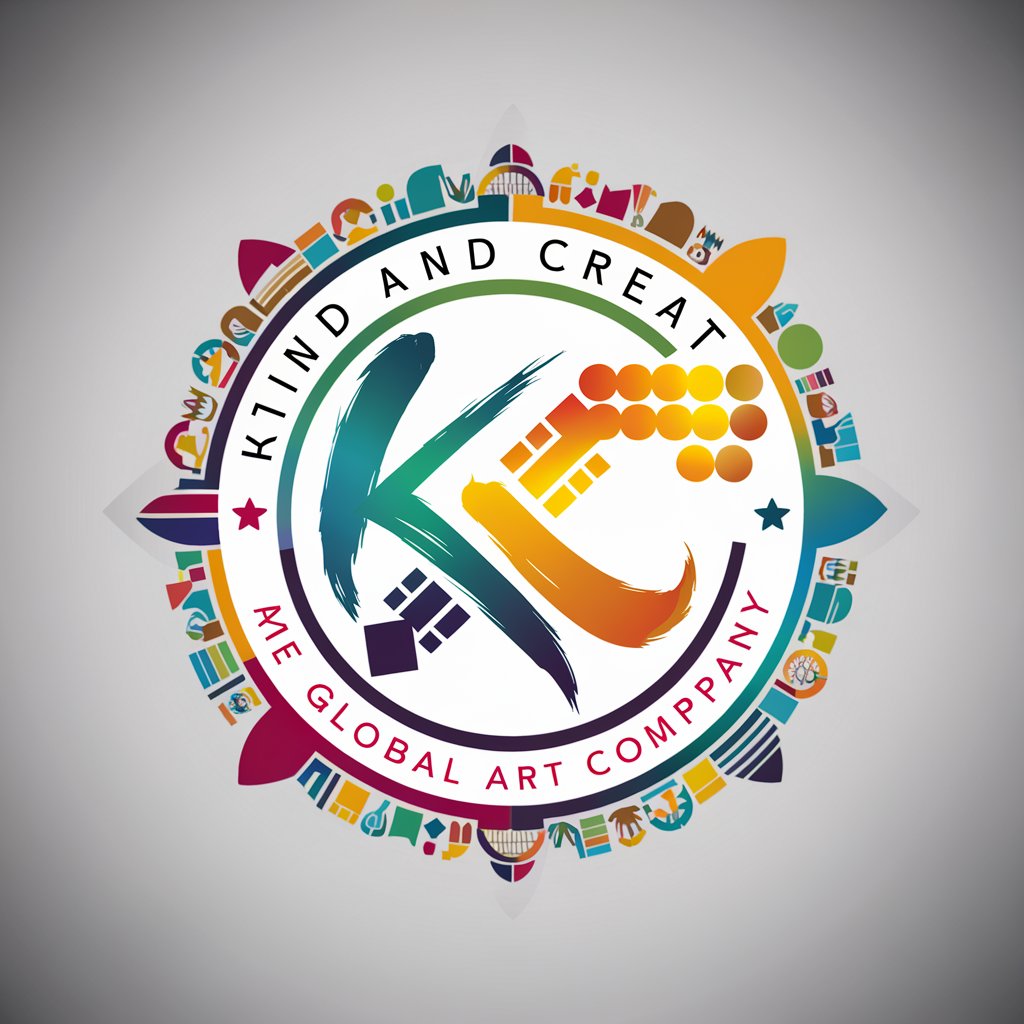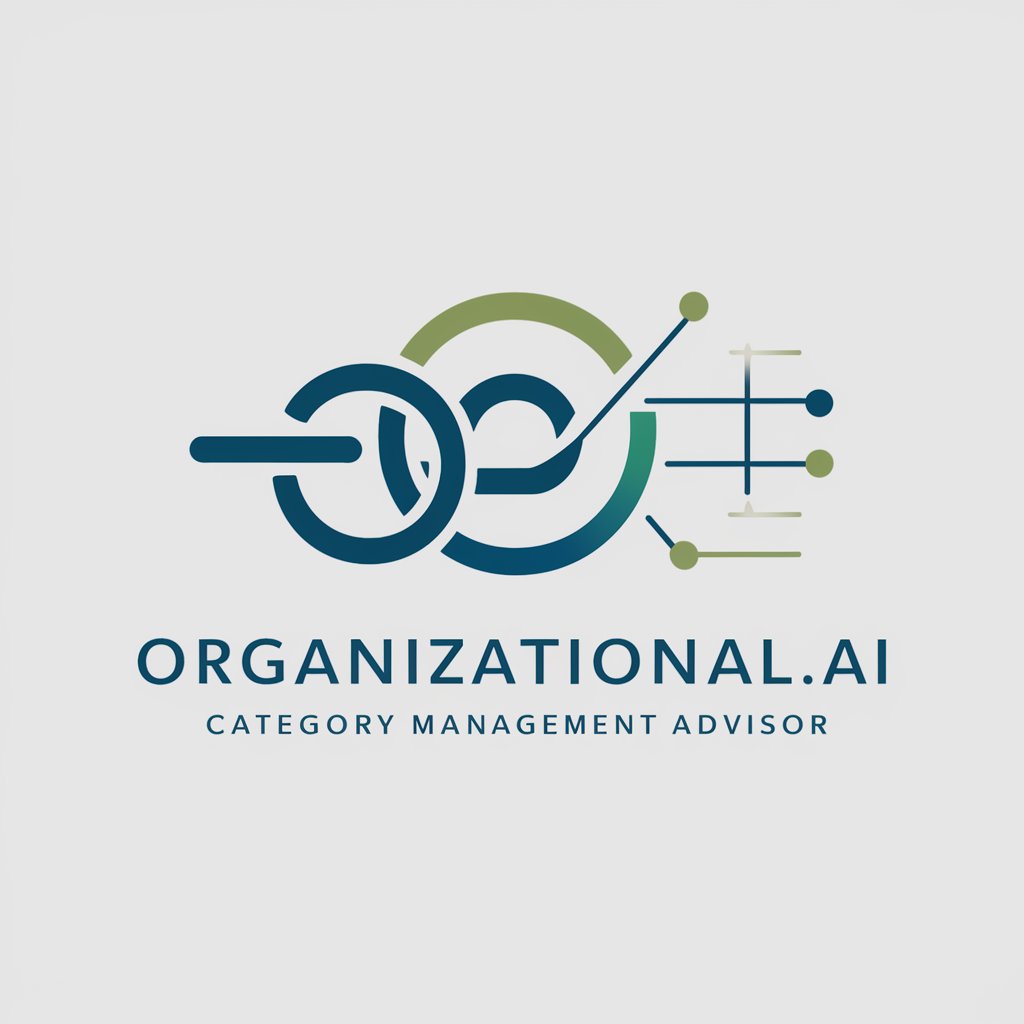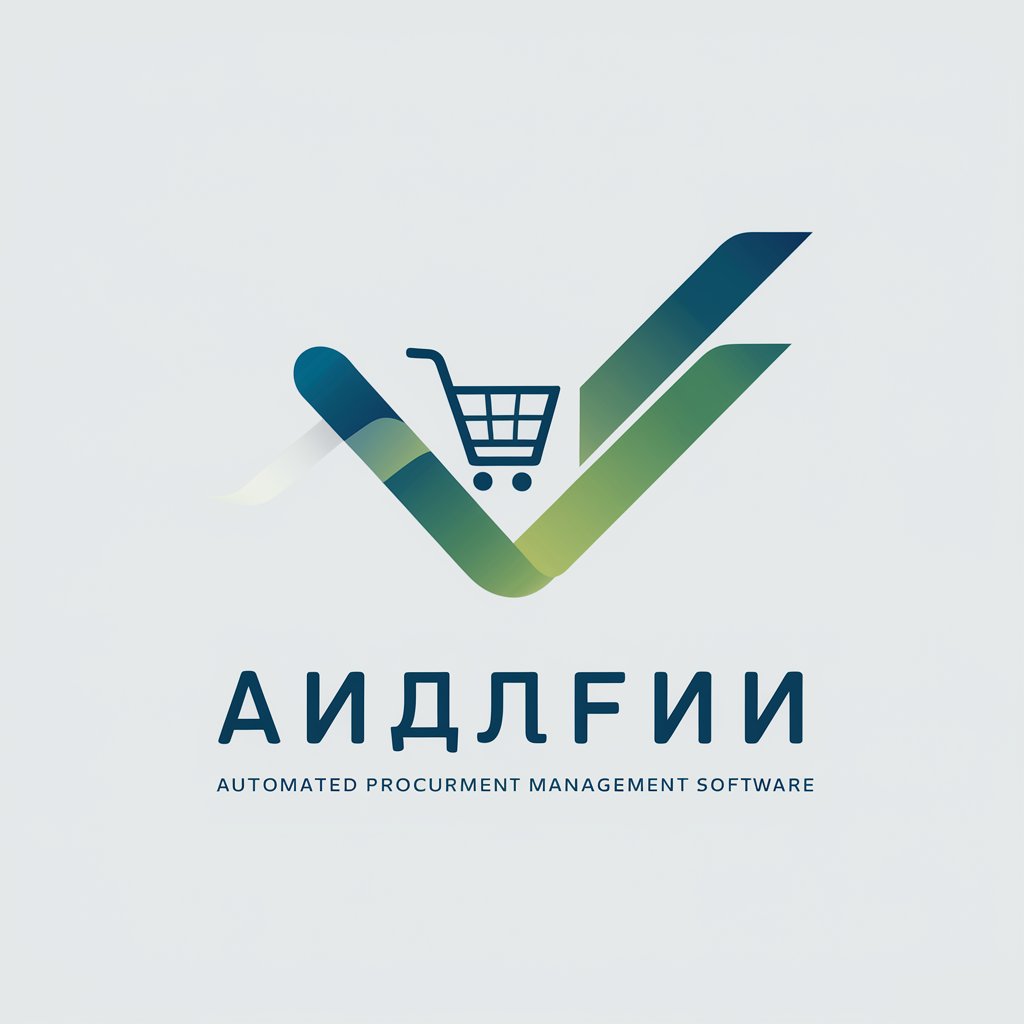
Purchasing Management - Procurement Optimization Tool

Welcome! Let's optimize your purchasing process.
Streamlining procurement with AI power
What are some cost-effective strategies for sourcing materials?
How can I improve the efficiency of my procurement process?
What are the best practices for negotiating with suppliers?
How can I ensure compliance with procurement regulations?
Get Embed Code
Introduction to Purchasing Management
Purchasing Management is a specialized function within an organization that focuses on the strategic procurement of materials and supplies necessary for its operations. This involves not just the acquisition of goods and services at optimal prices, but also ensuring their quality, timely delivery, and alignment with the company's objectives and sustainability practices. It encompasses a wide range of activities from vendor selection and contract negotiation to inventory control and cost management. For example, a manufacturing firm may rely on Purchasing Management to secure raw materials like steel and plastic, ensuring they meet specified quality standards, are cost-effective, and are delivered on schedule to maintain uninterrupted production lines. Powered by ChatGPT-4o。

Main Functions of Purchasing Management
Vendor Selection and Management
Example
Evaluating suppliers for the best price, quality, and reliability.
Scenario
A construction company uses Purchasing Management to assess various lumber suppliers, considering factors such as cost, environmental sustainability practices, and delivery capabilities to choose the most suitable one for their projects.
Contract Negotiation and Management
Example
Negotiating terms to ensure favorable pricing and service conditions.
Scenario
A hospital's Purchasing Management team negotiates with pharmaceutical companies to obtain medications at reduced rates by agreeing to bulk purchases, thus ensuring cost savings while maintaining a steady supply of essential drugs.
Quality Assurance and Control
Example
Ensuring the materials and services procured meet the required standards.
Scenario
A food manufacturing company employs Purchasing Management to implement stringent quality checks on ingredients sourced from suppliers, including testing for contaminants and verifying compliance with food safety regulations.
Inventory Management and Optimization
Example
Balancing stock levels to meet demand without overstocking.
Scenario
A retail chain utilizes Purchasing Management to analyze sales data and forecast demand, optimizing inventory levels across its stores to reduce holding costs and minimize stockouts during peak shopping seasons.
Ideal Users of Purchasing Management Services
Manufacturing Companies
These organizations benefit from Purchasing Management through optimized procurement of raw materials and components, ensuring production efficiency, cost savings, and compliance with quality standards.
Healthcare Facilities
Hospitals and clinics can leverage Purchasing Management to procure medical supplies and pharmaceuticals effectively, ensuring the availability of critical items while managing costs.
Retail Businesses
Retailers use Purchasing Management to streamline their inventory and supply chain operations, ensuring the right products are available at the right time, while also negotiating better terms with suppliers.
Public Sector Organizations
Government agencies and public institutions require Purchasing Management to ensure transparent and efficient procurement processes, achieving value for money while adhering to regulations and standards.

How to Utilize Purchasing Management
Begin with a Free Trial
Start by visiting yeschat.ai to explore Purchasing Management capabilities through a free trial, with no login or ChatGPT Plus subscription required.
Identify Your Needs
Evaluate your organization's purchasing requirements, including the types of materials and supplies needed, to better understand how Purchasing Management can assist.
Explore Features
Familiarize yourself with the tool's features, focusing on budget management, supplier sourcing, and procurement strategies that align with your organization's goals.
Implement Strategies
Apply the learned strategies and best practices to streamline your purchasing process, ensuring cost-effectiveness and efficiency in procurement.
Analyze and Optimize
Regularly review procurement outcomes and use insights from Purchasing Management to refine and optimize your purchasing strategies over time.
Try other advanced and practical GPTs
SEO Sage
Elevate Your Content with AI-Powered SEO
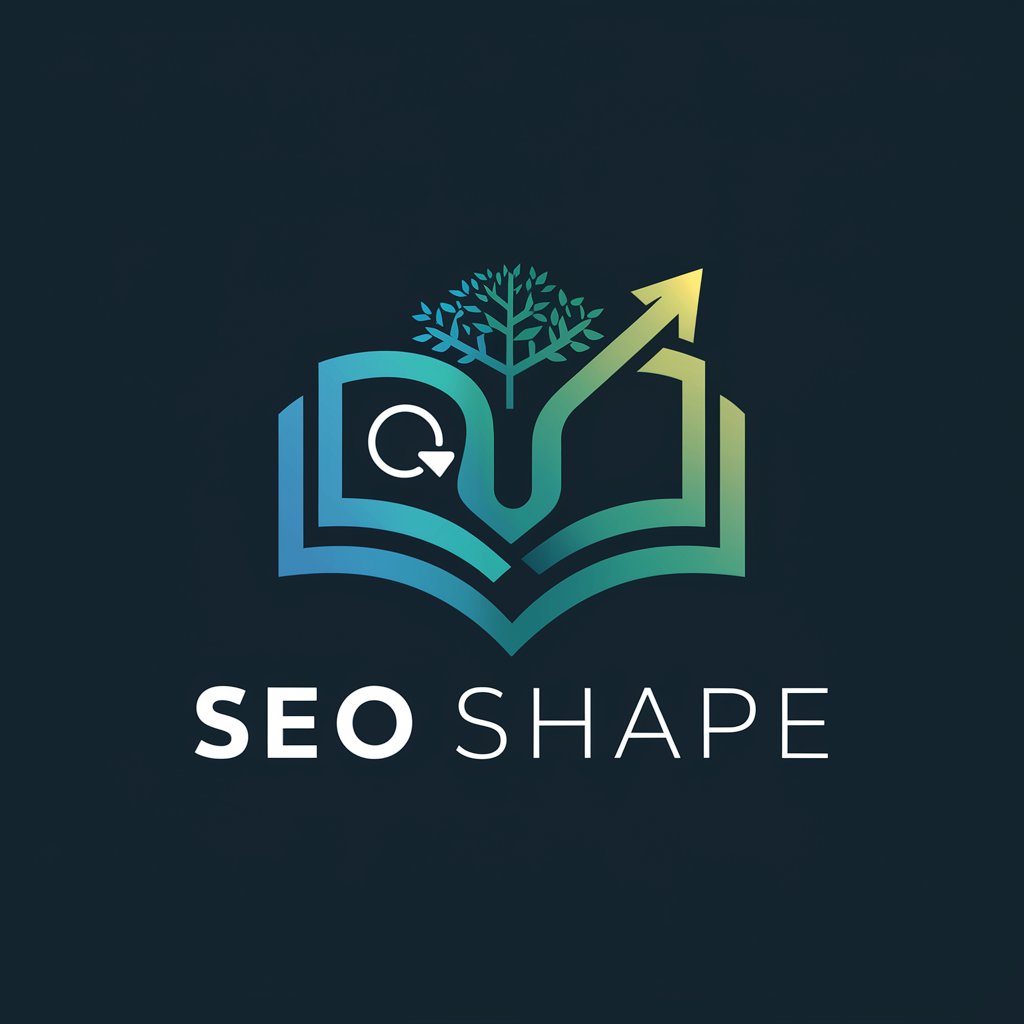
Project Management Insighter
Empowering Project Success with AI
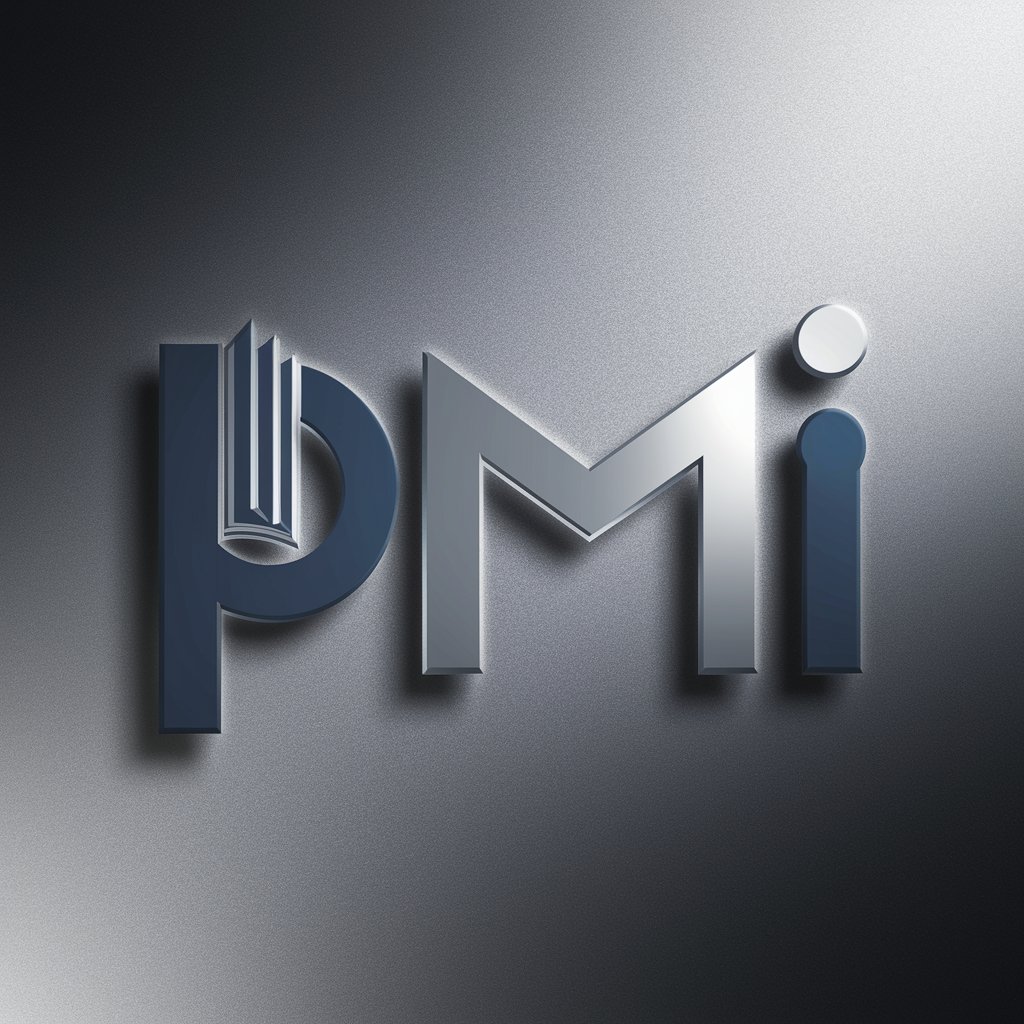
SEO Sage
Empowering SEO with AI Insights
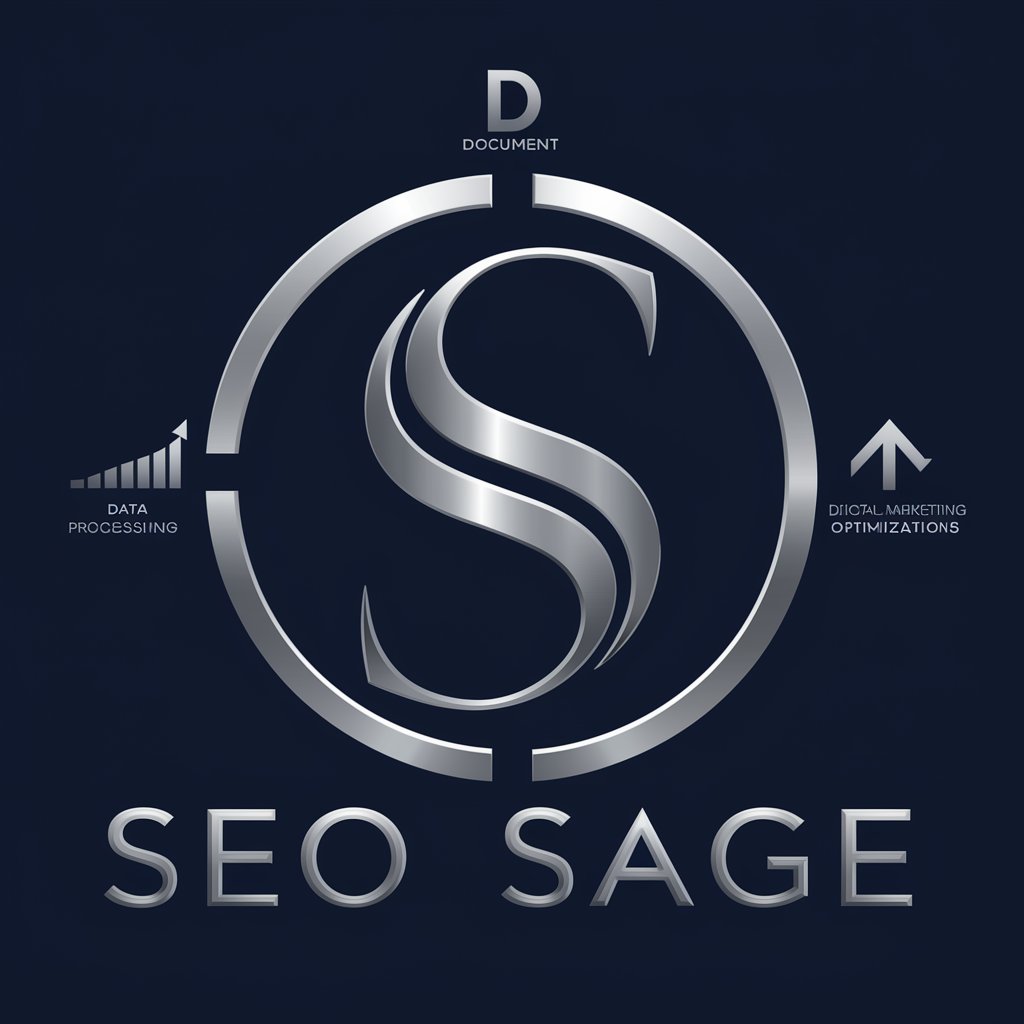
SEO Sage
Empower Your SEO with AI Insight
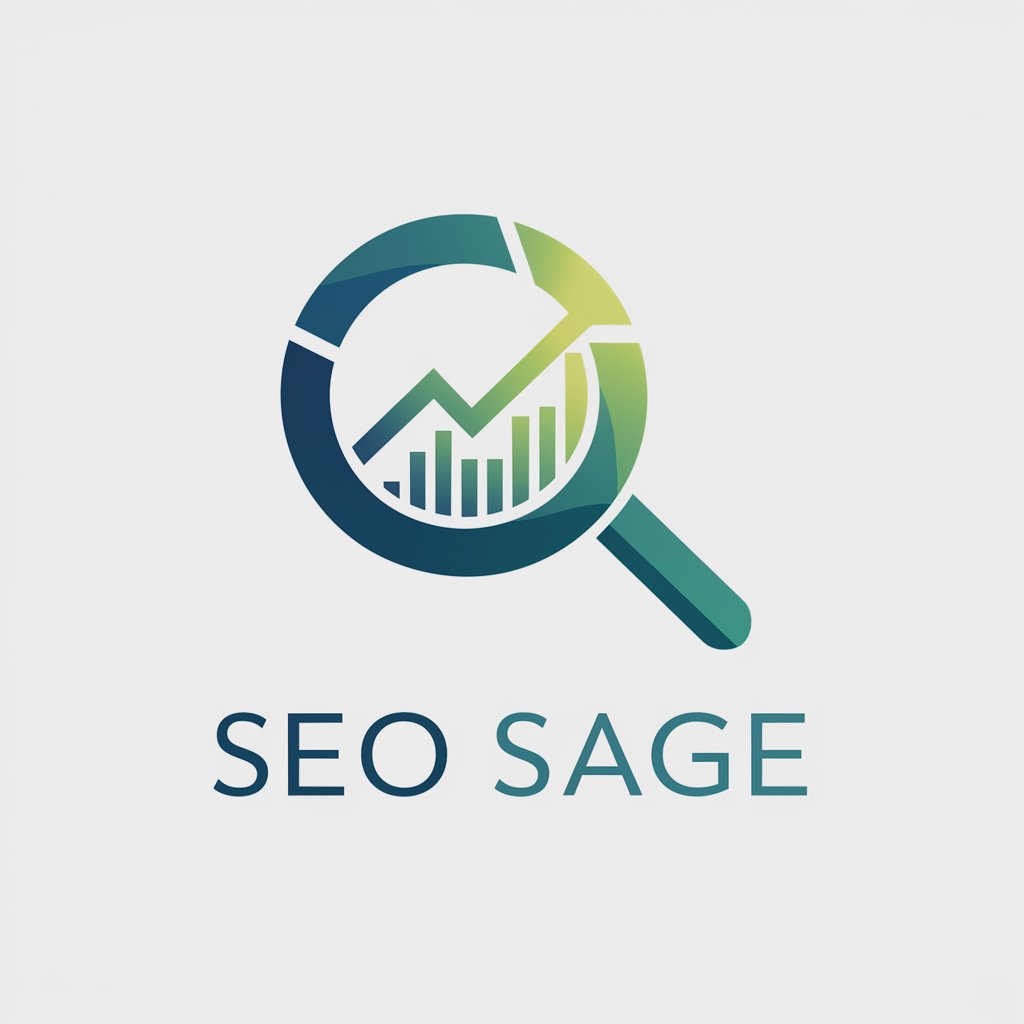
SEO Sage
Revolutionizing SEO with AI Expertise

Risk Management Guide
AI-Powered Risk Management Expertise
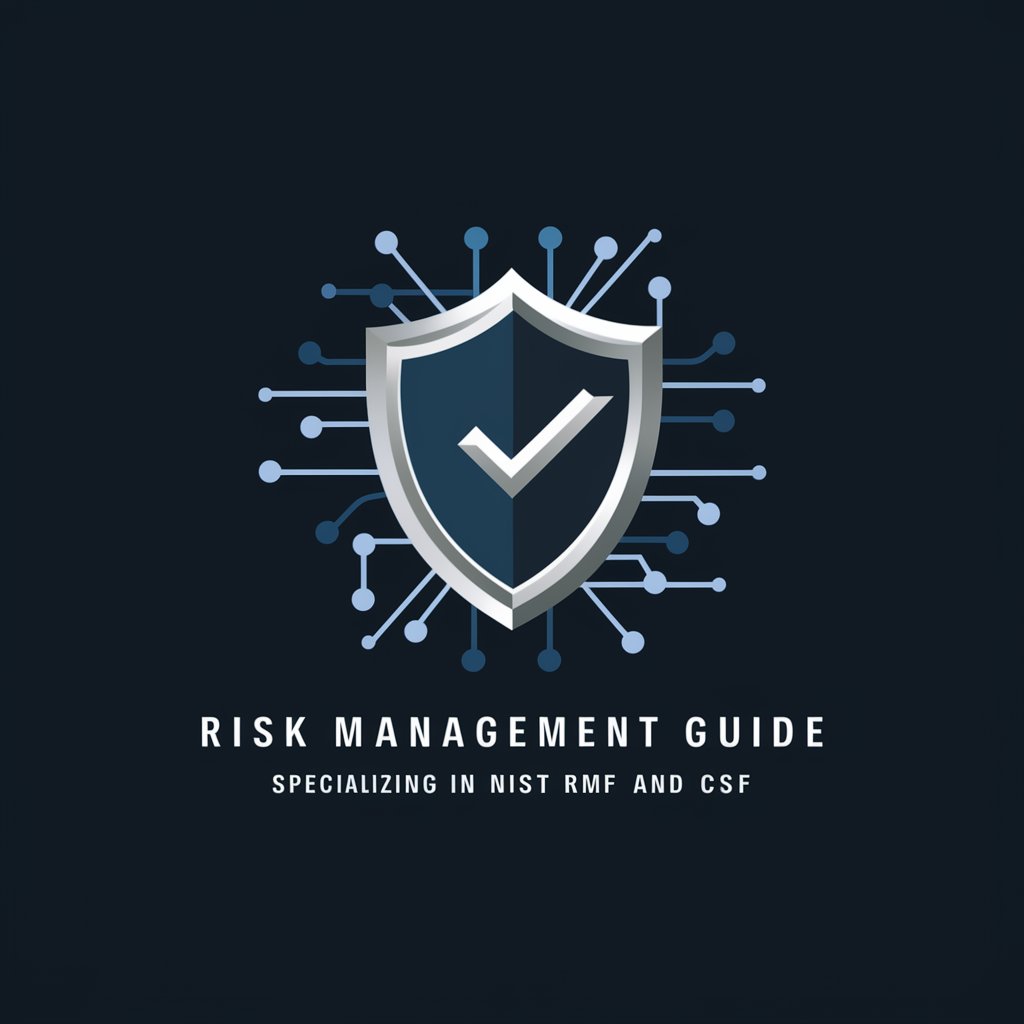
GreenRank Guru
Cultivating Digital Growth with AI
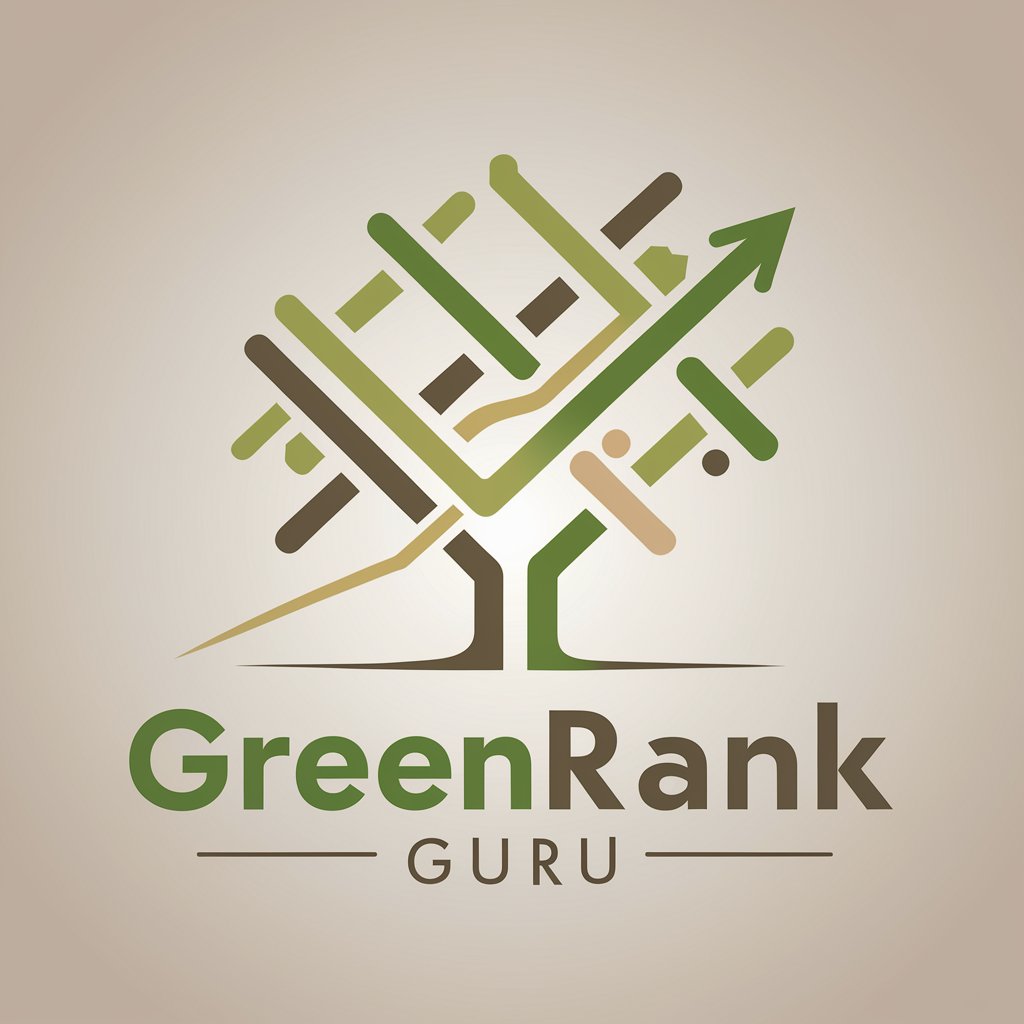
Securities Management
Empowering investment decisions with AI
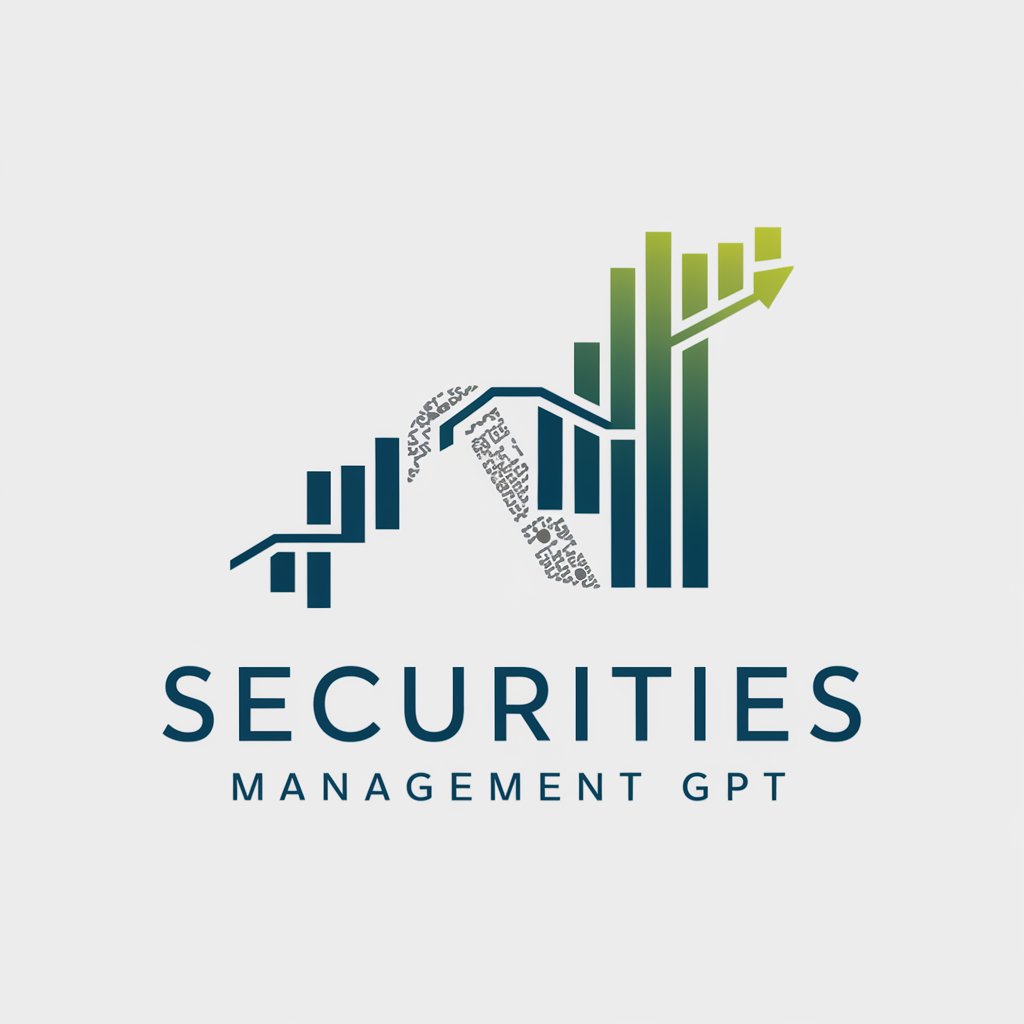
Formador Management y Liderazgo
Empowering Leaders with AI-Driven Insights
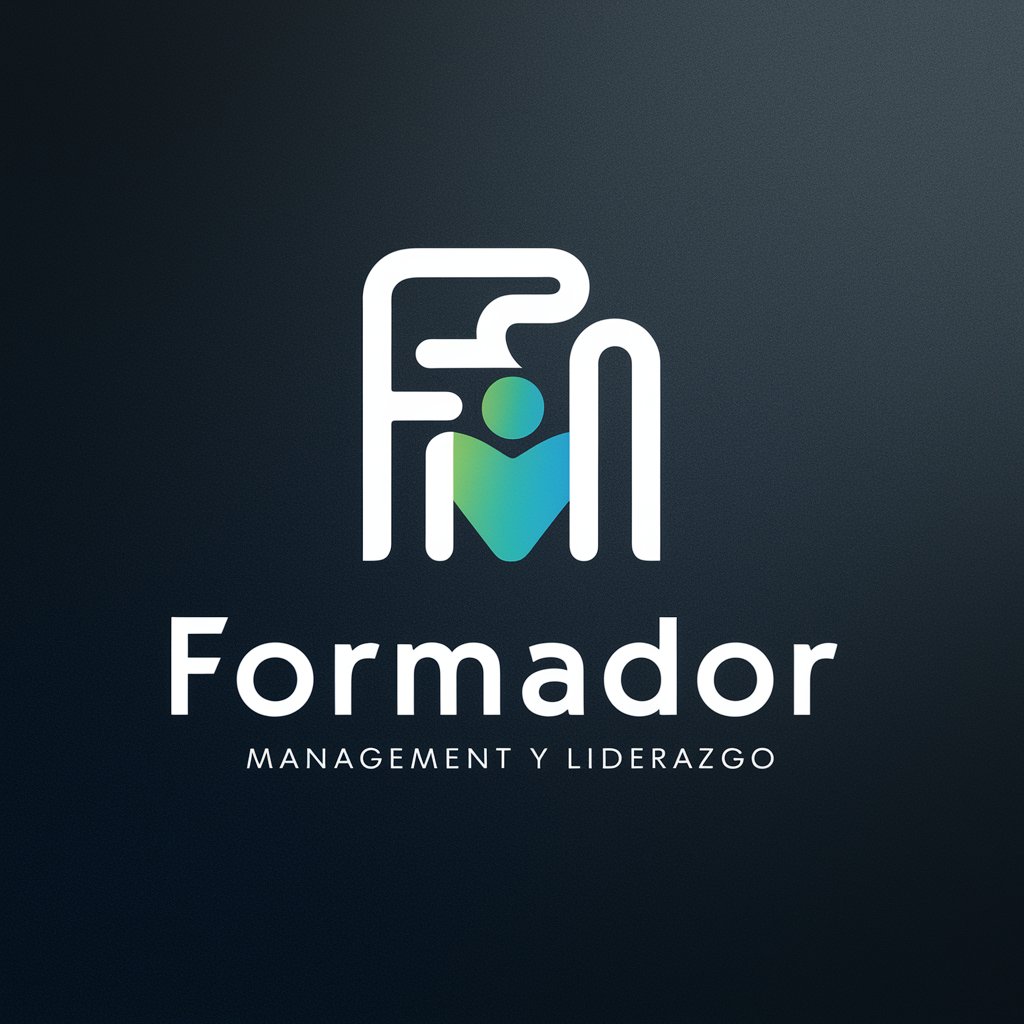
Management
Empowering Leadership with AI

Personal Time Management and Productivity Coach
AI-powered Time Management Mastery
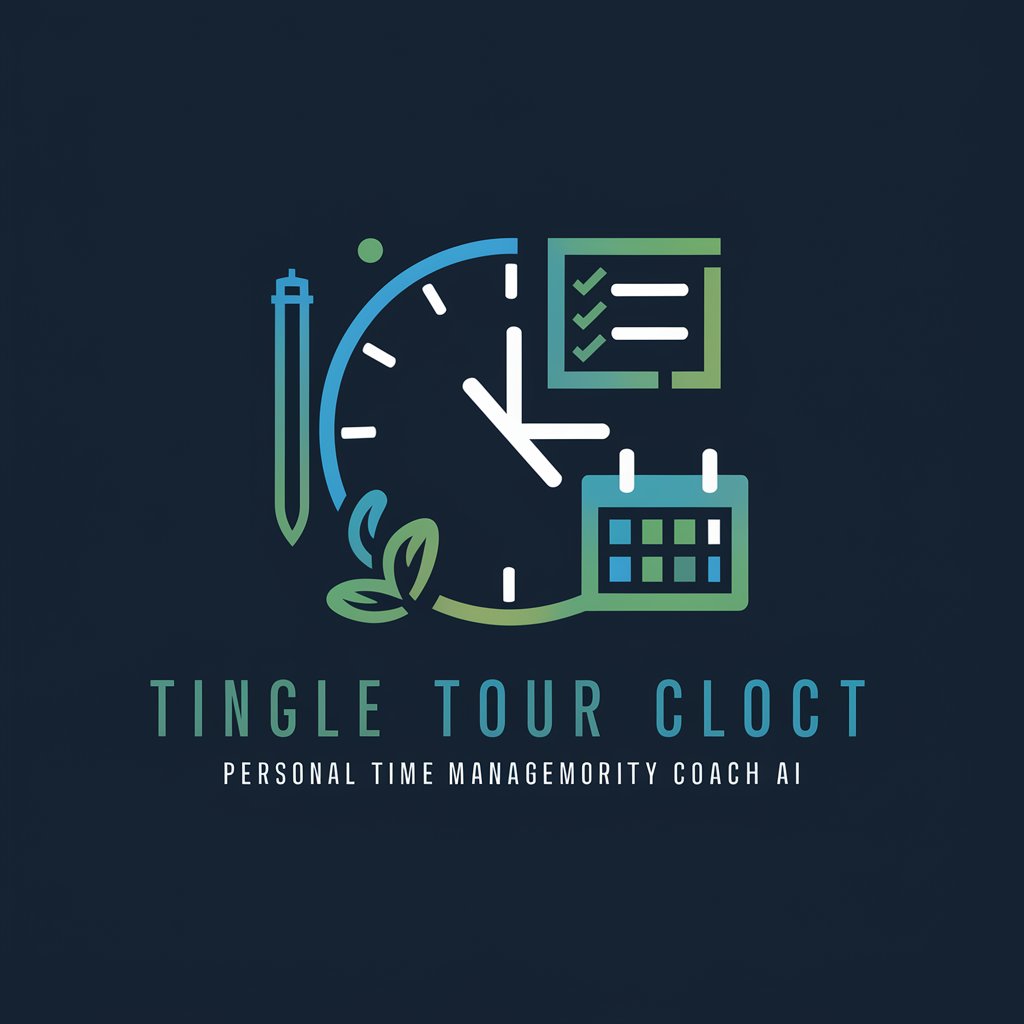
Stress Management
Empowering stress relief with AI
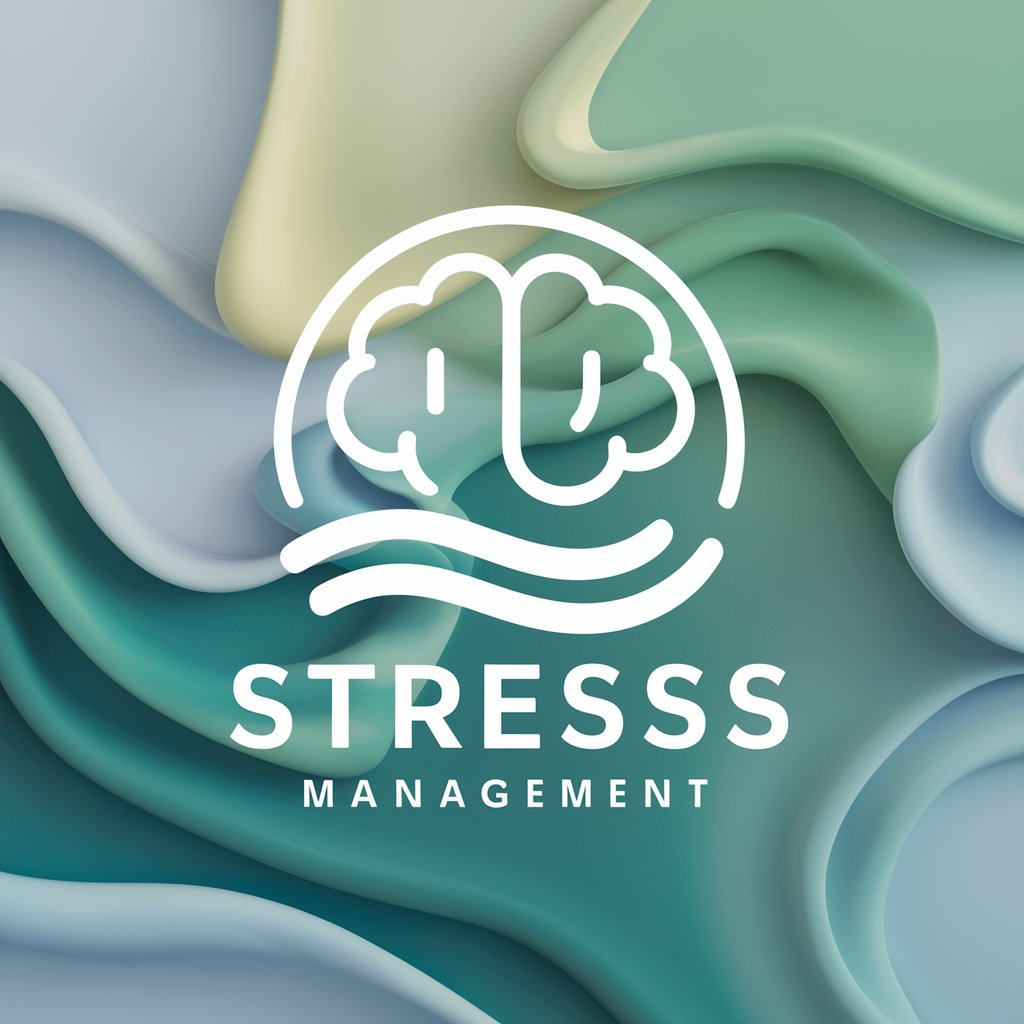
Frequently Asked Questions about Purchasing Management
What is Purchasing Management?
Purchasing Management is a tool designed to optimize procurement and sourcing processes, ensuring organizations can manage their purchasing activities in a cost-effective and efficient manner.
How does Purchasing Management enhance procurement efficiency?
It streamlines procurement by offering strategic sourcing methods, budget management techniques, and supplier evaluation criteria, thus reducing costs and improving supply chain reliability.
Can Purchasing Management help in reducing procurement costs?
Yes, by leveraging competitive sourcing strategies, negotiating better terms with suppliers, and utilizing data-driven insights to make informed purchasing decisions.
Is Purchasing Management suitable for small businesses?
Absolutely. It's designed to be scalable, offering solutions that benefit businesses of all sizes by optimizing their procurement processes and minimizing costs.
How does Purchasing Management handle supplier relationships?
It provides tools for evaluating and managing supplier performance, ensuring that relationships with vendors are maintained positively and productively to secure the best terms and quality.
